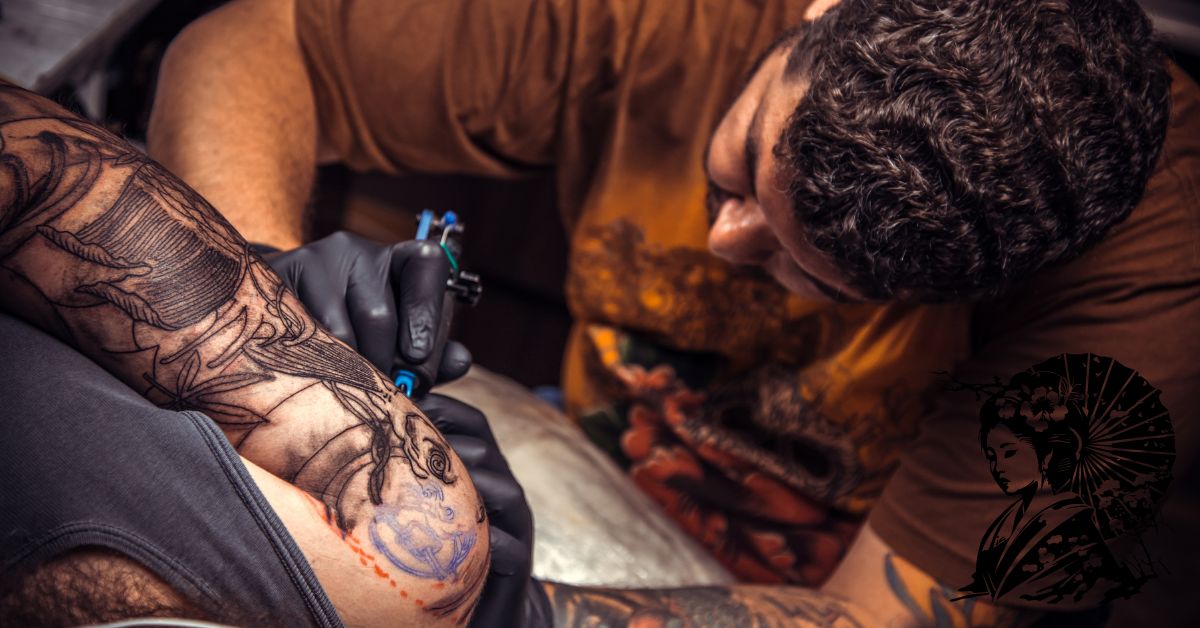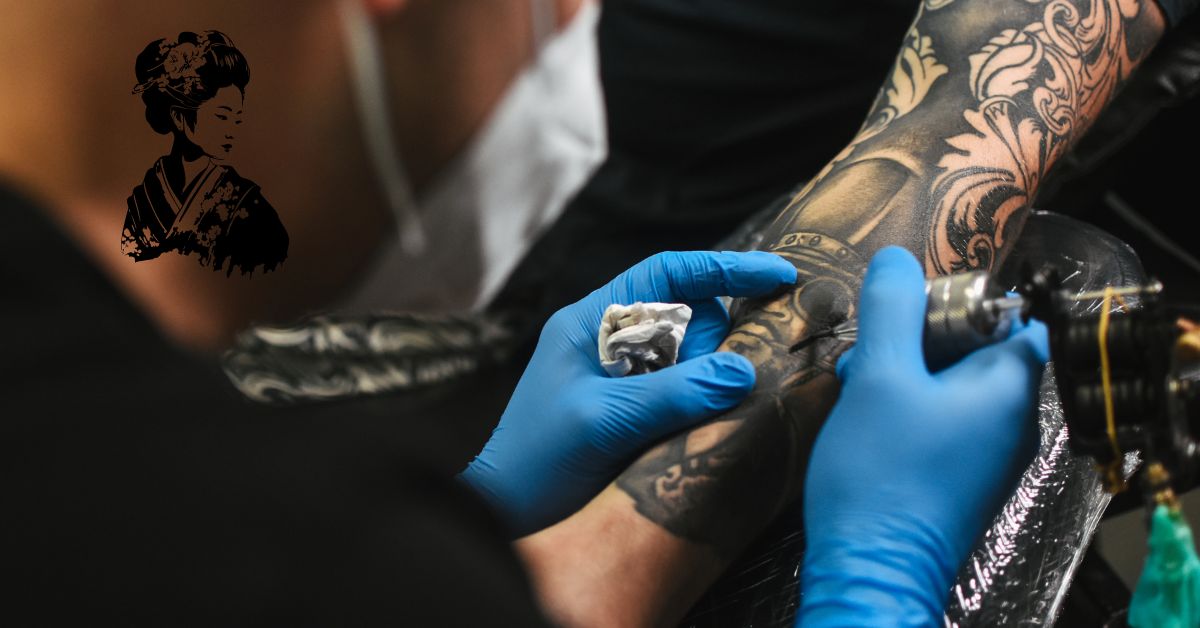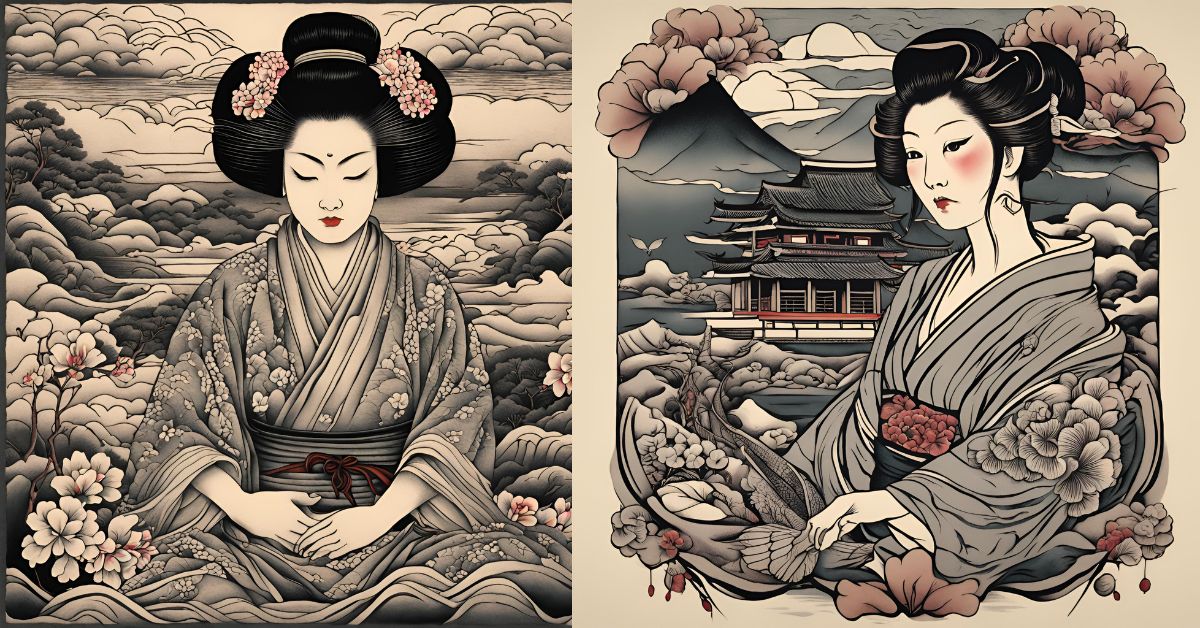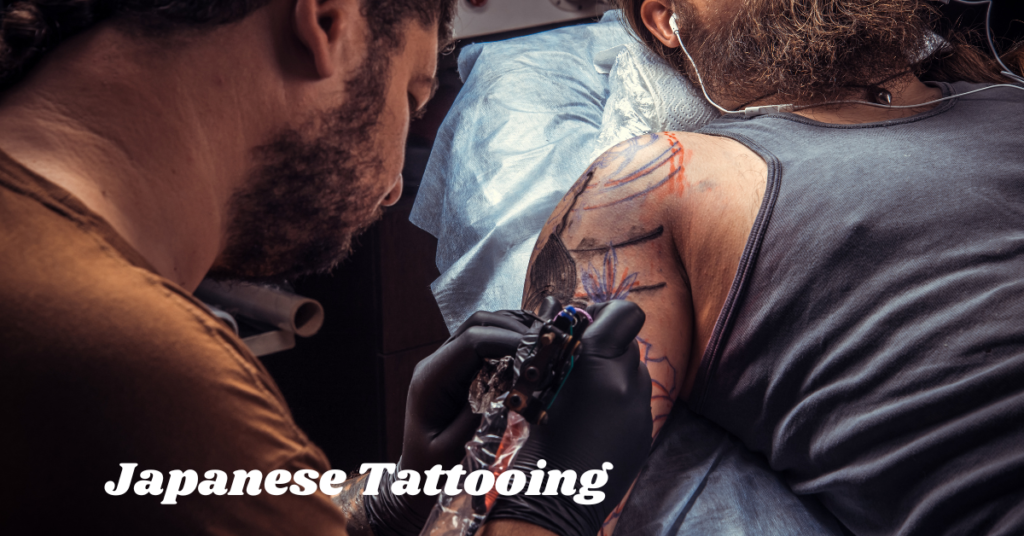Tattooing in Japan has a wealthy and complex history that dates back centuries. This convention, known as “Irezumi,” has advanced over time, mixing imaginativeness and social importance. This paper dives into the beginnings, implications, and advanced points of view on Japanese Tattooing, highlighting key takeaways, preferences, impediments, and replying common questions.
Key Takeaways
- Historical Roots: Japanese Tattooing dates back to the Jomon period (10,000 BCE), initially serving otherworldly and embellishing purposes.
- Cultural Centrality: Tattoos frequently symbolize assurance, status, and individual convictions, highlighting themes like mythical serpents, koi angle, and cherry blossoms.
- Techniques and Instruments: Conventional Japanese Tattooing, known as Tebori, includes hand-poking with needles, whereas cutting edge strategies utilize electric machines.
- Contemporary Sees: Whereas tattoos were once stigmatized due to their affiliation with the Yakuza, they are progressively acknowledged as craftsmanship forms.
- Global Impact: Japanese Tattooing has impacted tattoo craftsmen around the world, mixing conventional plans with cutting edge styles.
Common Symbols in Japanese Tattoos and Their Meanings
Symbol |
Meaning |
|---|---|
| Dragon | Strength, wisdom, protection |
| Koi Fish | Perseverance, bravery, overcoming adversity |
| Cherry Blossom | Transience of life, beauty, renewal |
| Tiger | Courage, strength, protection from evil |
| Phoenix | Rebirth, immortality, triumph over challenges |

Advantages of Japanese Tattooing
- Cultural Association: Tattoos permit people to interface with Japanese culture and heritage.
- Artistic Expression: Japanese Tattooing is eminent for their complex plans and dynamic colors.
- Symbolic Implications: Each tattoo carries profound implications, speaking to individual convictions, assurance, and life experiences.
- Durability: High-quality Japanese Tattooing is known for their life span and resistance to fading.
- Customization: Plans can be exceedingly personalized, reflecting the wearer’s person travel and values.
Disadvantages of Japanese Tattooing
- Stigma: In spite of developing acknowledgment, tattoos can still carry a shame in a few parts of Japanese society, especially in proficient settings.
- Pain and Time: Conventional Tebori Tattooing can be more difficult and time-consuming than present day methods.
- Cost: High-quality Japanese Tattooing can be costly due to the ability and time required.
- Health Dangers: As with all tattoos, there are dangers of contamination and unfavorably susceptible responses if appropriate care is not taken.
- Removal Trouble: Tattoo evacuation can be challenging and may not totally eradicate the ink, particularly with complex designs.

Historical Foundation of Japanese Tattooing
Ancient Times
Japanese Tattooing has roots in the Jomon period (10,000 BCE), where tattoos were accepted to have otherworldly importance. Early tattoos were straightforward and served as special necklaces for security against fiendish spirits and illness. They were too utilized to indicate social status and tribal affiliation.
Edo Period
During the Edo period (1603-1868), Tattooing thrived as an craftsmanship frame. Hoodlums were regularly checked with tattoos as discipline, but the hone moreover picked up ubiquity among the common people. Body suits, or “horimono,” highlighting expand plans covering the whole body, got to be a image of bravery and endurance.
Modern Era
In the late 19th century, the Japanese government looked for to modernize and prohibited Tattooing to make strides its universal picture. In any case, the craftsmanship frame endured underground, especially among the Yakuza, Japan’s organized wrongdoing syndicates. Nowadays, whereas the disgrace remains, tattoos are progressively seen as expressions of craftsmanship and identity.
Japanese Tattooing , or Irezumi, is a interesting subject that includes a wide range of social, aesthetic, and authentic components. This segment digs more profound into the different angles of this convention, advertising a more comprehensive understanding without rehashing the already talked about points.
The Advancement of Japanese Tattoo Styles
Jomon Period to Yayoi Period
Jomon Period (10,000 BCE – 300 BCE): The most punctual prove of Tattooing in Japan dates back to the Jomon period, where clay dolls, known as dogu, show designs accepted to speak to tattoos. These early tattoos likely served otherworldly and defensive purposes.
Yayoi Period (300 BCE – 300 CE): As the Yayoi period started, tattoos proceeded to hold otherworldly importance but moreover begun to indicate social status and affiliations. The plans got to be more complicated, reflecting the developing complexity of Yayoi society.
Kofun Period to Heian Period
Kofun Period (300 CE – 538 CE): Amid this period, tattoos started to be utilized as a shape of discipline for offenders, stamping them with images of their wrongdoings. This hone begun to present a negative recognition of tattoos.
Heian Period (794 CE – 1185 CE): The Heian period saw a decay in the utilize of Tattooing among the common people, with the first class favoring other shapes of body enrichment. Tattoos got to be more related with lower social classes and criminal elements.
Edo Period (1603-1868)
The Edo period stamped a critical change in the hone of Tattooing. The rise of the vendor lesson driven to the improvement of expand full-body tattoos known as horimono. These tattoos regularly highlighted topics from legends, mythology, and kabuki theater, getting to be images of flexibility and character among firefighters, laborers, and the Yakuza.
Techniques and Devices: Tebori vs. Machine

Tebori
- Traditional Strategy: Tebori, meaning “hand carving,” is a conventional Japanese inking strategy that includes hand-poking the ink into the skin utilizing a wooden or metal handle with joined needles.
- Precision and Aestheticness: This strategy permits for exact control over the profundity and shading of the tattoo, coming about in a unmistakable surface and perplexing specifying that is troublesome to accomplish with machines.
- Cultural Legacy: Tebori is not fair a strategy but a social hone passed down through eras of tattoo specialists, known as horishi. Apprenticeship beneath a ace horishi can final numerous a long time, guaranteeing the conservation of this conventional craft.
Modern Machine Tattooing
- Adoption of Innovation: Whereas conventional strategies are still loved, numerous present day Japanese tattoo specialists have embraced electric tattoo machines for effectiveness and consistency.
- Hybrid Approach: A few craftsmen combine Tebori and machine strategies, utilizing the previous for expansive ranges and shading, and the last mentioned for fine subtle elements and outlines.
Cultural and Social Perspectives
Tattooing and the Yakuza
- Association with Wrongdoing: The affiliation of tattoos with the Yakuza has contributed essentially to the disgrace encompassing tattoos in Japan. The Yakuza embraced full-body tattoos as images of dependability and enrollment, regularly highlighting expound plans that tell individual stories and mean their criminal affiliations.
- Impact on Discernment: This association has driven to a far reaching discernment of tattoos as markers of guiltiness, affecting social states of mind and open policies.
Changing Attitudes
- Youth and Worldwide Impact: In later decades, Japanese youth and the impact of worldwide tattoo culture have begun to alter recognitions. Tattoos are progressively seen as a frame of self-expression and craftsmanship or maybe than a stamp of delinquency.
- Tattoo-Friendly Spaces: Whereas numerous conventional bathhouses (onsen) and exercise centers still disallow tattoos, tattoo-friendly foundations are rising, catering to both local people and worldwide visitors.
Symbolism and Themes
Popular Motifs
- Dragons: Speaking to control, shrewdness, and assurance, mythical beasts are among the most prevalent themes in Japanese tattoos. They are frequently portrayed in energetic, streaming shapes, entwining with other components like water and clouds.
- Koi Angle: Koi angle symbolize diligence, quality, and change. They are commonly depicted swimming upstream, meaning overcoming impediments and accomplishing success.
- Cherry Blooms: These fragile blossoms speak to the brief nature of life, excellence, and reestablishment. Cherry blooms are frequently consolidated into bigger plans, including layers of meaning and tasteful appeal.
Color Significance
- Black and Dark: Customarily, Japanese tattoos utilized a dark and dark color palette due to the restrictions of early ink innovation. These colors too include a immortal, classic see to the designs.
- Red and Blue: Ruddy symbolizes vitality, quality, and assurance, whereas blue frequently speaks to calmness, steadiness, and eternality. The cautious utilize of these colors can upgrade the typical profundity of a tattoo.
Legal and Wellbeing Considerations
Legal Status
- Regulation: Inking in Japan was formally prohibited amid the Meiji period as portion of endeavors to modernize and adjust with Western standards. In spite of the fact that the boycott was lifted in 1948, inking remains intensely directed, with strict authorizing necessities for tattoo artists.
- Public Approach: In spite of legalization, societal shame continues, and open foundations like exercise centers, swimming pools, and hot springs frequently boycott people with obvious tattoos.
Health and Safety
- Hygiene Measures: Proficient tattoo studios in Japan follow to rigid cleanliness benchmarks, utilizing sterilized gear and high-quality ink to minimize wellbeing risks.
- Aftercare: Legitimate aftercare is basic to avoid contaminations and guarantee the life span of the tattoo. This incorporates keeping the tattoo clean, dodging sun presentation, and taking after the artist’s care instructions.
Future of Japanese Tattooing
Artistic Innovation
- Fusion Styles: Modern Japanese tattoo specialists are mixing conventional themes with present day styles, making special combination plans that offer to a worldwide audience.
- Digital Impact: The rise of computerized craftsmanship and social media has empowered Japanese tattoo craftsmen to exhibit their work to a more extensive group of onlookers, cultivating cross-cultural collaborations and innovation.
Cultural Preservation
- Maintaining Convention: Whereas grasping present day strategies, numerous craftsmen are devoted to protecting the conventional angles of Irezumi, guaranteeing that the social legacy is passed on to future generations.
- Educational Endeavors: Endeavors to teach the open almost the history and aestheticness of Japanese tattoos are developing, making a difference to move recognitions and decrease stigma.
FAQ’s About Japanese Tradition of Tattooing
What is Irezumi?
Irezumi is the conventional Japanese craftsmanship of Tattooing, known for its complicated and typical designs.
What are a few common subjects in Japanese tattoos?
Common topics incorporate mythical beasts, koi angle, cherry blooms, tigers, and phoenixes, each symbolizing distinctive excellencies and beliefs.
How has the discernment of tattoos changed in Japan?
Tattoos were once stigmatized due to their affiliation with hoodlums, but they are progressively acknowledged as a shape of creative and individual expression.
What is Tebori?
Tebori is a conventional Japanese Tattooing strategy that includes hand-poking with needles, known for its exactness and craftsmanship.
Are Japanese tattoos well known exterior Japan?
Yes, Japanese tattoos are exceedingly respected around the world for their aesthetic esteem and have affected numerous tattoo specialists globally.
Conclusion
Japanese Tattooing, or Irezumi, is a significant and perplexing craftsmanship shape profoundly established in the country’s history and culture. In spite of the challenges and shame related with tattoos in Japan, their social noteworthiness and creative magnificence proceed to charm individuals around the world. From antiquated otherworldly hones to modern-day expressions of character, Japanese Tattooing offer a wealthy embroidered artwork of meaning and aestheticness. As the recognition of tattoos advances, Irezumi stands as a confirmation to the persevering control of social conventions and individual expression.



